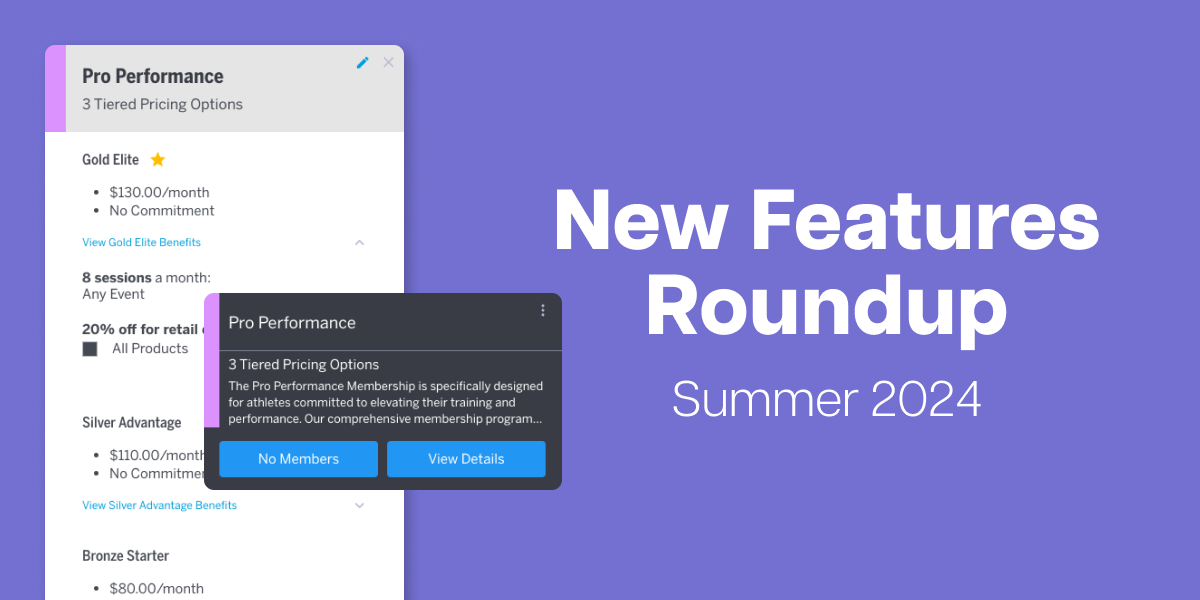This article is part of The Huddle, Upper Hand’s quick tips and best practices for customers. Want to join the community? Schedule a walk-through of the platform today.
Best Practices for Running Memberships
If you’re anything like me, your life encompasses a variety of memberships. It seems as though overnight, hundreds of businesses entered the market with a subscription-based business model. From Whoop to Spotify, Amazon Prime and so much more, there is a reason these big name companies migrated to this business model.
These businesses are benefiting from recurring revenue. Recurring revenue is any portion of the revenue stream that is expected to continue in the future. Typically, it’s regularly collected from members in monthly or annual intervals. Because it’s certain to be received, recurring revenue is highly stable and predictable. This allows businesses to accurately project future revenue. It is often the goal for businesses to reach a point of consistent recurring revenue, as it signals long term success and sustained profitability.
Sports and fitness businesses typically gain recurring revenue through memberships. Whether you currently operate on a membership-model or are considering the benefits for the future, here are a few best practices that will help you get the most out of your membership types.
Related: Recurring Revenue 101: Growing Bottom Line Through Memberships
Limit your offering to 3-5 membership types
Memberships are awesome until you have 10 or more of them to manage. Having 3-5 membership types will not only give customers a clear vision of what’s right for them, but it will allow you, as a business owner, to manage, analyze and keep track of each membership type more clearly. Keep in mind, depending on your business model, you could need less than three or more than five.
Name your memberships clearly
Give your membership types a clear and distinct name. Oftentimes, at Upper Hand, we see a tier level membership name. It could be Gold/Silver/Bronze, Tier 1/Tier 2/Tier 3, or Basic/Advanced/Pro. Just be sure that whatever you name your membership types, it clearly articulates to customers the level (and value) of their membership.

Understand membership performance
We recommend taking a look at your membership(s) performance (at a minimum) once a month. This will help you gain a full understanding of what’s working and what’s not working. If a membership is failing, look at the data, understand “why”, and take appropriate action to foster its growth moving forward. That could mean running a promotion, changing the price or even adding a few additional benefits to attract and retain those customers.
Related: Download a Free Guide to Running Successful Promotions
Tip: Learn more about creating memberships using Upper Hand in our help article OR if you’re interested in incorporating memberships into your business model with Upper Hand, we’d love to give you a personalized walkthrough of the software!
Upper Hand is what studios, gyms, and academies use to grow their business. Get a demo today.




